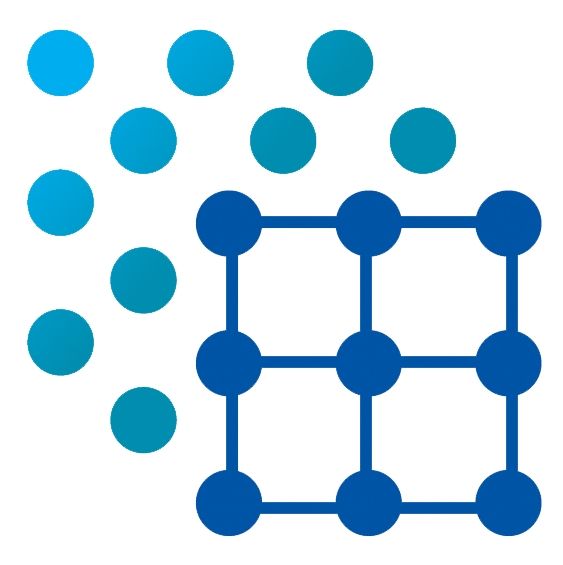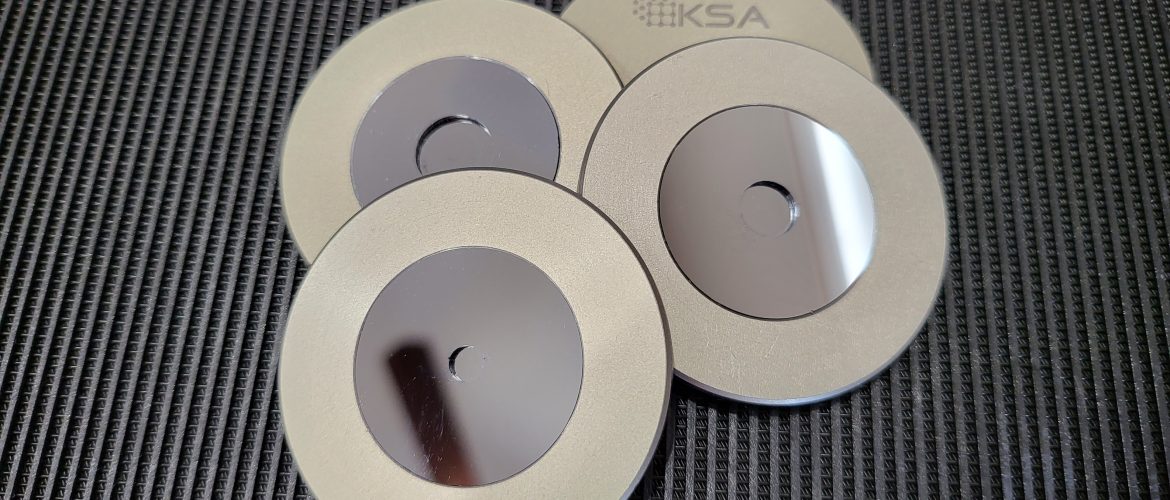One of the fundamental facts of lab-based X-ray production is that our x-ray tubes emit much more than the pure KA1 lines we rely on for material characterization and quantification. Most XRD users are familiar with techniques and hardware for the reduction or elimination of KB1, W LA1 and Bremsstrahlung, but take for granted the inseparable pair of KA1 and KA2 (referred to as the “doublet”). Luckily for us, these energies are present in strict proportion such that we can factor their paired presence into
Revisiting an experiment from 2014 I still reference this post on our laboratory site often so it seems like it deserves a place on the main blog for KS Analytical Systems. Enjoy Our recent sealed sample cell project required a thin covering film to be applied over loose powder before analysis by XRD. We tested a few options for this film as part of the design process and the results were interesting enough that we thought it would be worth dedicating a full post
These are probably the smallest parts we make in-house, but they’re critical to the proper function of about half of the instruments we support. These little bushings support the impeller of the water flow sensor in many Siemens and some Bruker XRF and XRD machines. They last for several years in most cases, but we replace them during most PM service visits because they’re easy to keep on-hand and very inexpensive. This is a great example of a part that would
The Siemens D5000 and Bruker D8 systems we work with have an optional phi-stage that is very useful. It looks and moves like any other rotation stage, but it’s driven by a stepper motor which actually makes it an additional degree of freedom. The user can rotate the sample at a specified rate, position it at a specified angle, or even perform a scan in the phi axis. We have a client who just took delivery of their D5000 and
Much of the material we receive is already finely ground and ready for XRD or XRF analysis, but sometimes we receive bulk material which must be homogenized before we can take a representative split for analysis. This is one of the most frustrating parts of working with samples and very time-consuming as we’ve historically done it by hand. This usually means splitting out a large fraction of the material and breaking up larger rocks, etc by hand, sieving, then breaking
This project started with a phone call several months ago from a Canadian government lab. They had a very specific application so the design was driven much more by their requirements than most zero-background holder designs. A 1mm deep well with a zero-background plate at the bottom was a key specification. We tried several options for creating this, but settled on a two-part design with a solid “floor” plate and a ring above it. As it turns out, cutting a
Your little scientist will love the realistic lights and sounds of their very own X-ray diffraction system. At KSA we are firm believers that kids learn best by “doing”. There’s no better way to bring the next generation of bright thinkers into the lab. Now they can analyze real materials just like Mom and Dad! Everything you need to get started Basic PPE Dosimetry service Sample preparation kit MDI Jade “Tween” edition Now with REAL ionizing x-rays! Coming soon: BATF arson investigation kit with accelerant detection!
The D4 Endeavor fits in a unique niche in the XRD world. It’s basically the same thing as a Bruker D8, but built into a very compact cabinet with a large autosampler on top. These machines see heavy use in the cement, pharmaceuticals, and aluminum industries among others. Today we have one headed out to a new home. It started life in the pharmaceutical world, but had light use so it was a great candidate for refurbishment.
There’s a simple and inverse relationship between the average atomic number of a given matrix and the efficiency with which it scatters X-rays. The effect isn’t all that much different from shining a flashlight on a white piece of paper. While it’s nothing like a mirror, you’ll definitely get light scattering off of it to some degree. This effect has strong effects on most XRD and XRF applications in that the additional photons must be dealt with somehow. This post
It’s easy to forget how much of our scientific work hinges upon comparative data. The entire field of metrology is concerned with the verification and maintenance of “standard reference materials” (SRMs). Creating a perfect reference standard essentially involves proving a negative. In the XRD world, we need to prove that there are no impurities, no crystalline defects, no unaccounted for thermal variations, no stress/strain effects present, and above all, that the first unit produced is effectively identical to the last
- 1
- 2











